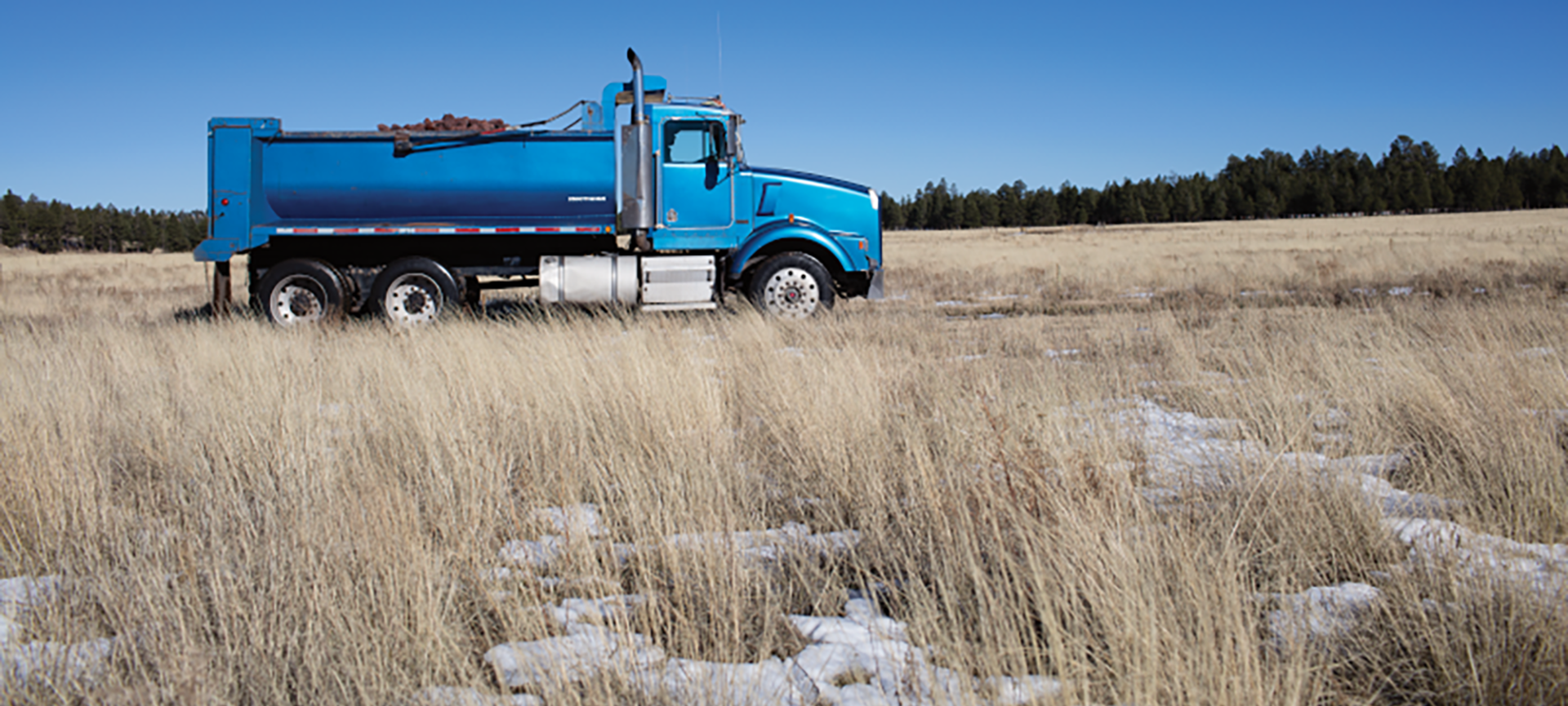
The winter months make for treacherous road conditions across much of the country.
Whether you’re in a busy metropolis or on a sparsely populated country road, there are heightened driving risks in winter. You never know what may happen. Here are some good practices to keep in mind in the winter months.
General Winter Driving Best Practices
- Reduce speed. Snowy and icy roads can limit traction. Slow down to stay in control and allow plenty of time to react if hazards arise.
- Maintain a safe following distance. During winter conditions, it’s best to increase following distance by eight to 10 seconds. Doing so can minimize the risk of collisions and provide ample room to move out of harm’s way amid emergencies.
- Brake and accelerate with caution. Refrain from making sudden stops or starts in winter weather; quick movements could cause the vehicle to skid. Always brake and accelerate slowly.
- Remain alert. Stay focused on the road ahead. Be especially careful on ramps, bridges, and overpasses, as they can become extremely slippery from snow and ice. Don’t use cruise control in winter weather; it could impede reaction time.
- Share the road. Give snowplows plenty of room. Avoid driving near the center lines of the roadways, as this could increase the likelihood of colliding with snowplows. Don’t pass snowplows. If you approach them from behind, slow down and let them finish their routes.
Seasonal Vehicle Maintenance
Prepare your vehicle for winter conditions by inspecting the following components:
- Battery—Cold weather can lower battery power, so it’s important to ensure the vehicle’s battery is in good shape.
- Radiator—Confirm there is proper winter coolant in the vehicle’s radiator and there are no leaks.
- Lights, heater, defroster, and wiper blades—Be sure these components are in good condition, especially if they haven’t been used since last winter. If these elements aren’t working properly, visibility and overall safety could be compromised when driving.
- Tires—Assess tires for appropriate tread depth. Insufficient tread depth could affect the vehicle’s traction, braking capabilities and stopping distance amid icy or snowy conditions.
- Fuel tank—Try to keep the fuel tank at least half full at all times during winter.
In addition to inspecting these components, remember to clear the vehicle’s exterior of any ice or snow buildup before hitting the road.
Winter Driving Emergency Kits
Be sure your vehicle is stocked with an emergency kit before driving in winter weather. This kit should include:
- A flashlight and batteries
- Blankets and extra clothing (e.g., a long-sleeve shirt, coat, hat, gloves, thick socks, and snow boots)
- Water and nonperishable food items
- A first-aid kit and essential medications
- A bag of sand or salt and extra washer fluid
- A snow brush, scraper, and shovel
- Jumper cables and a toolbox
- Warning devices (e.g., flares and reflectors)
- A cellphone and charger
- A lighter and matches
